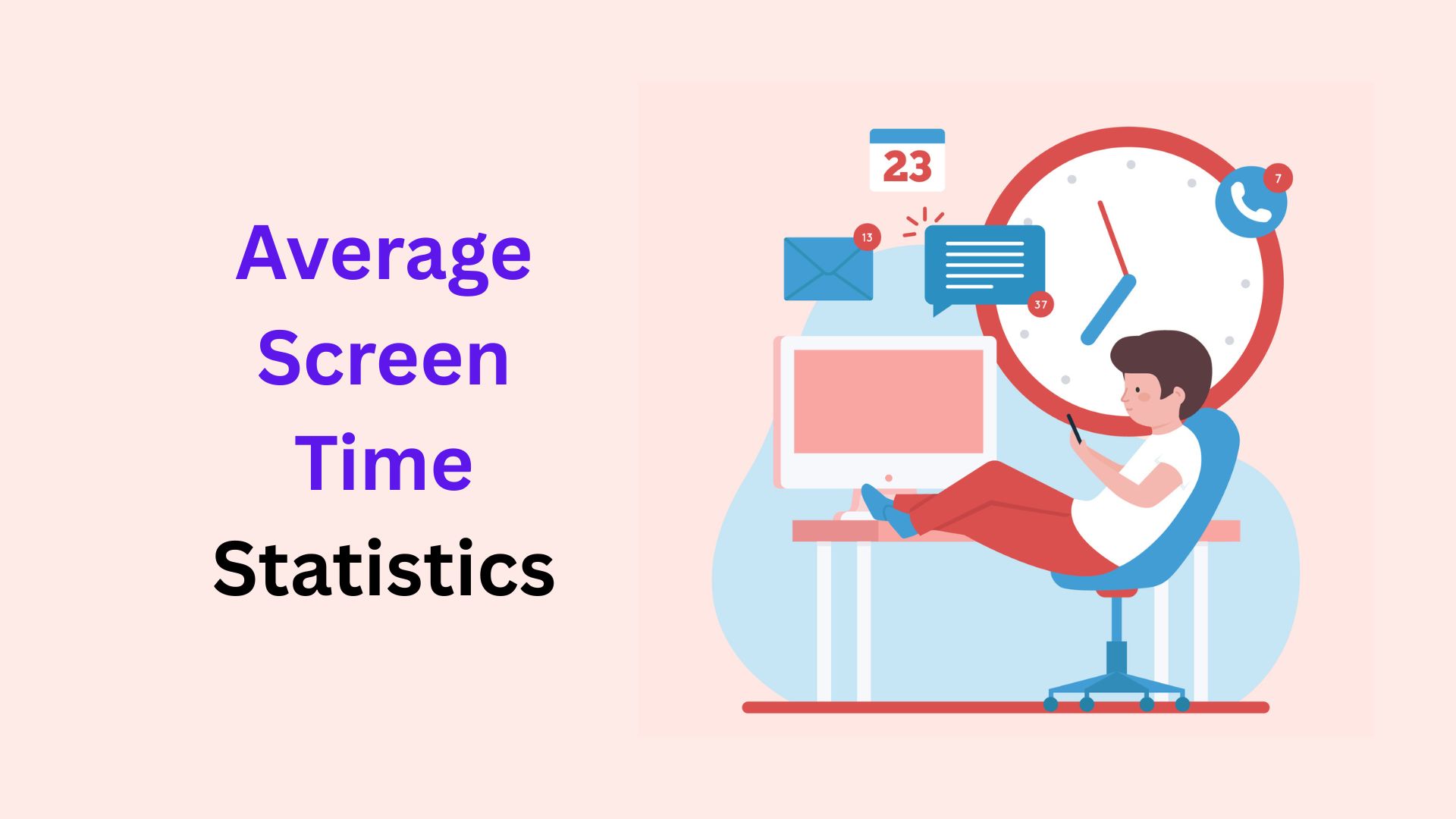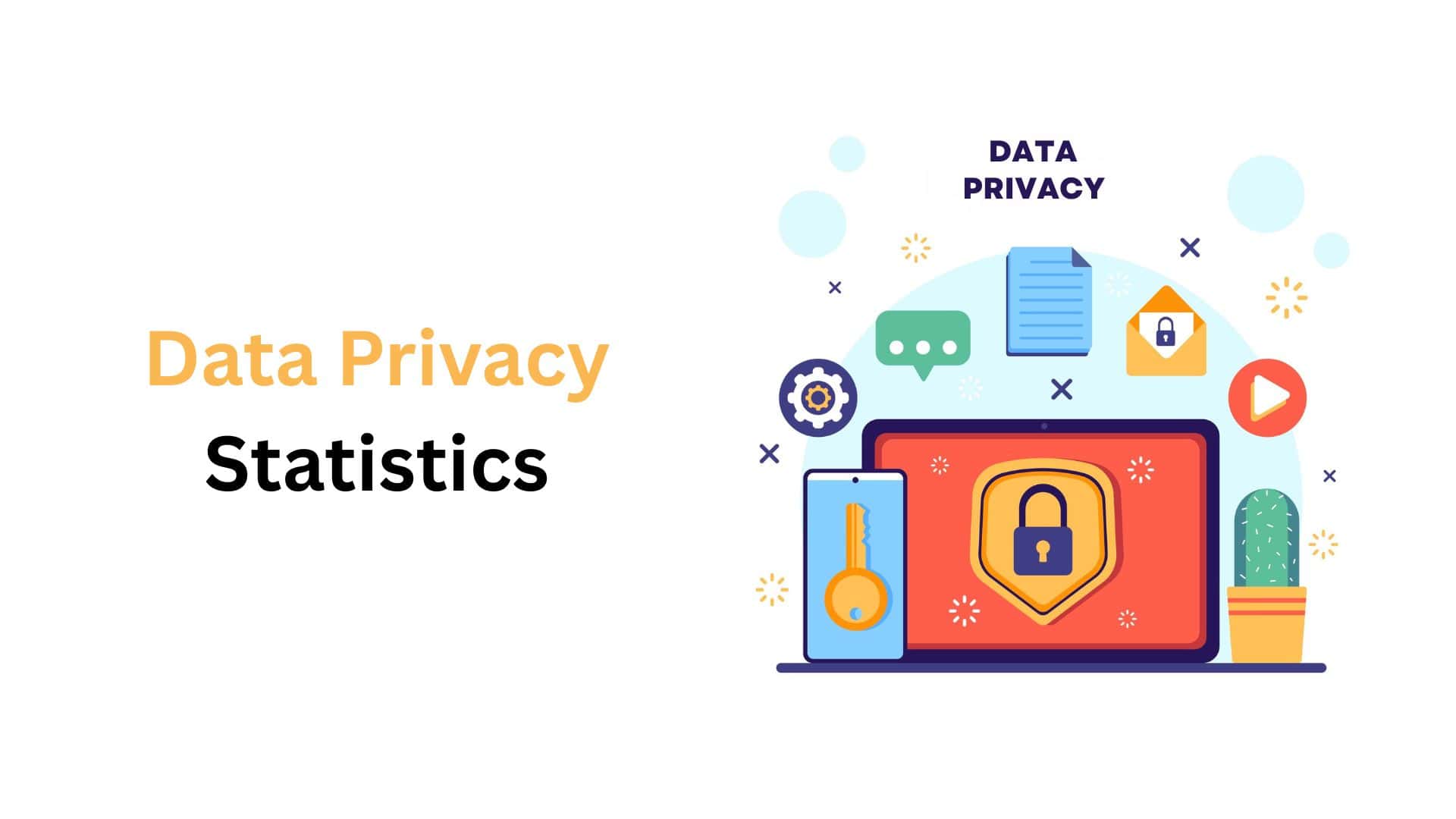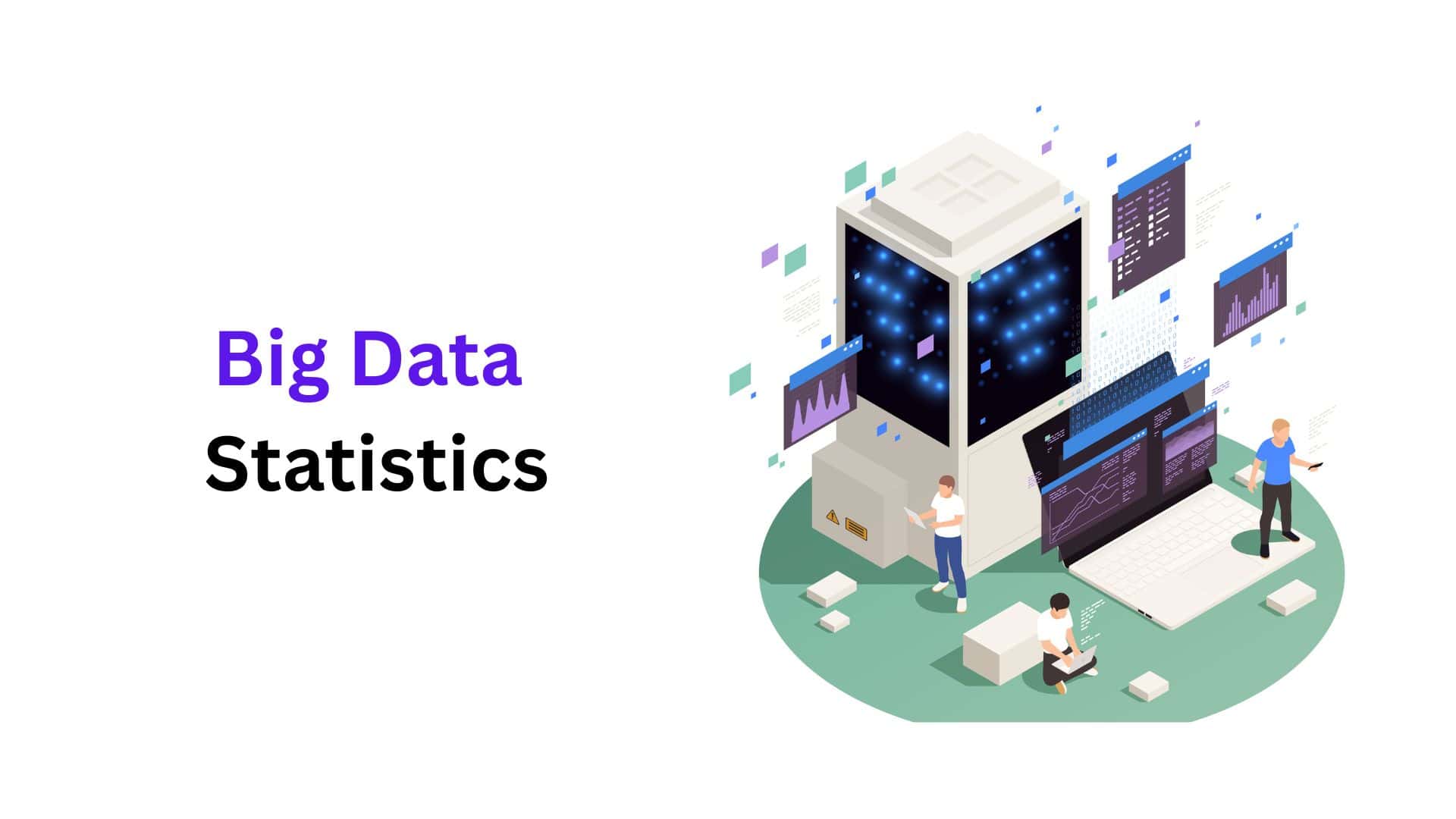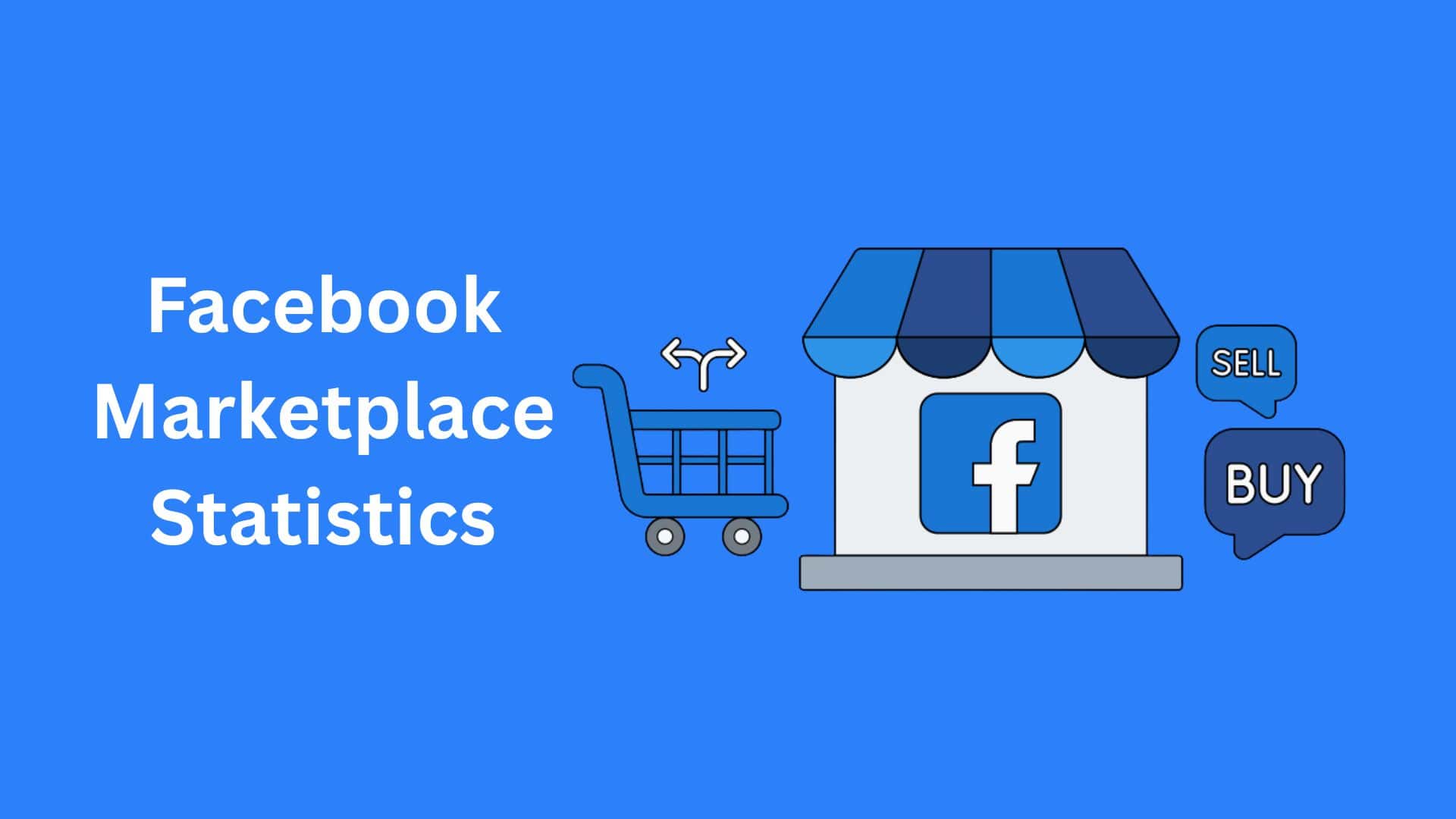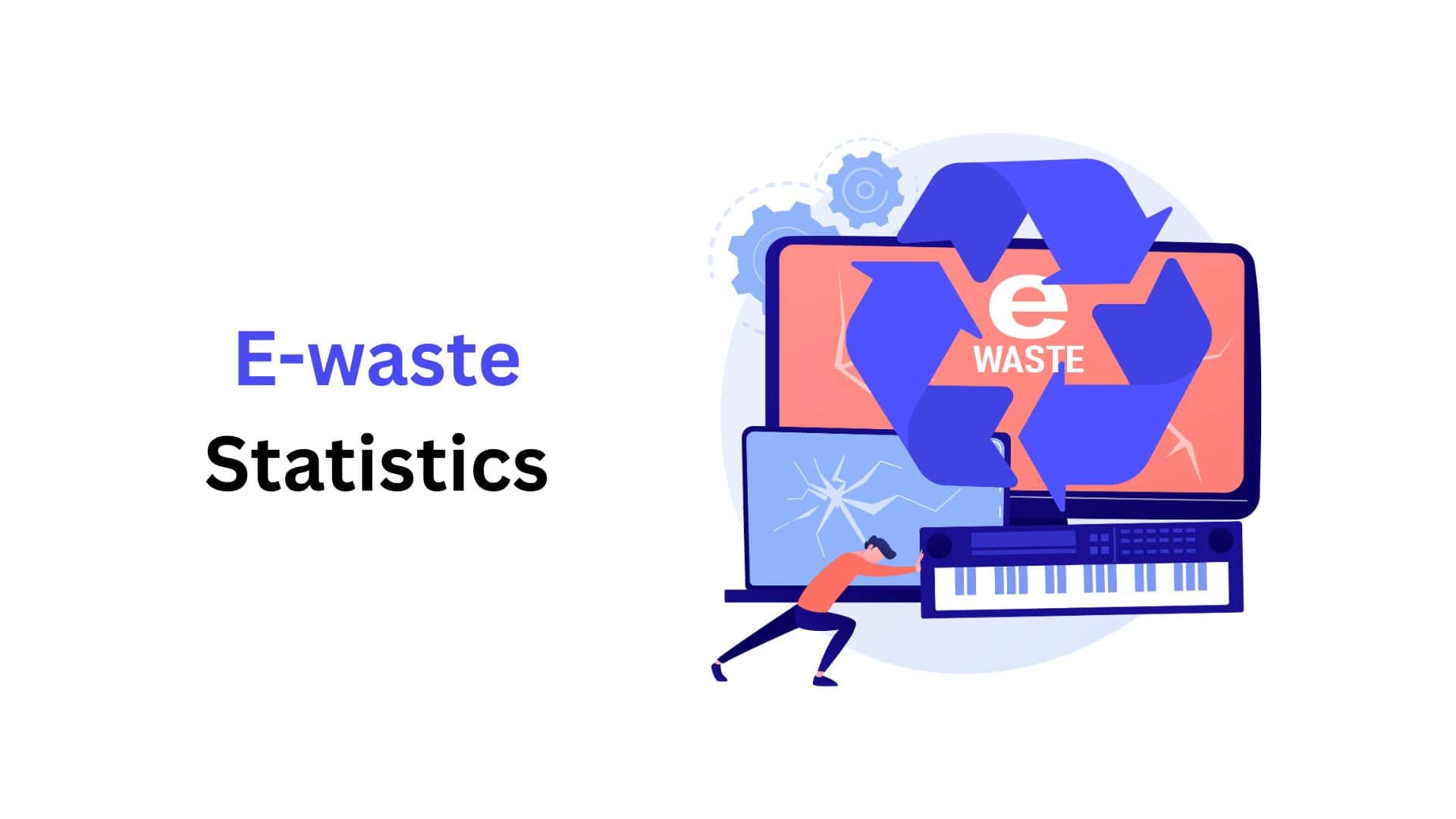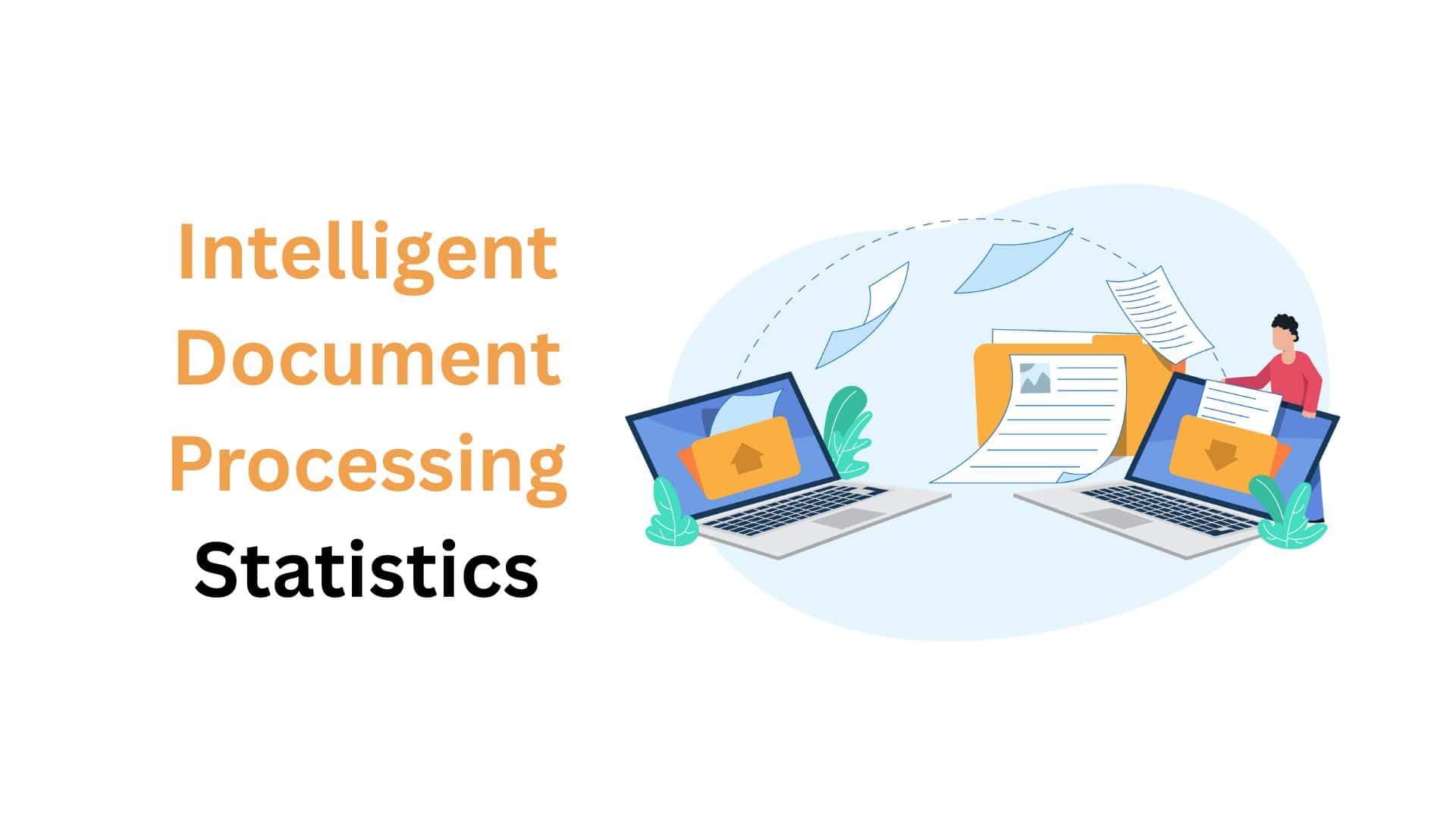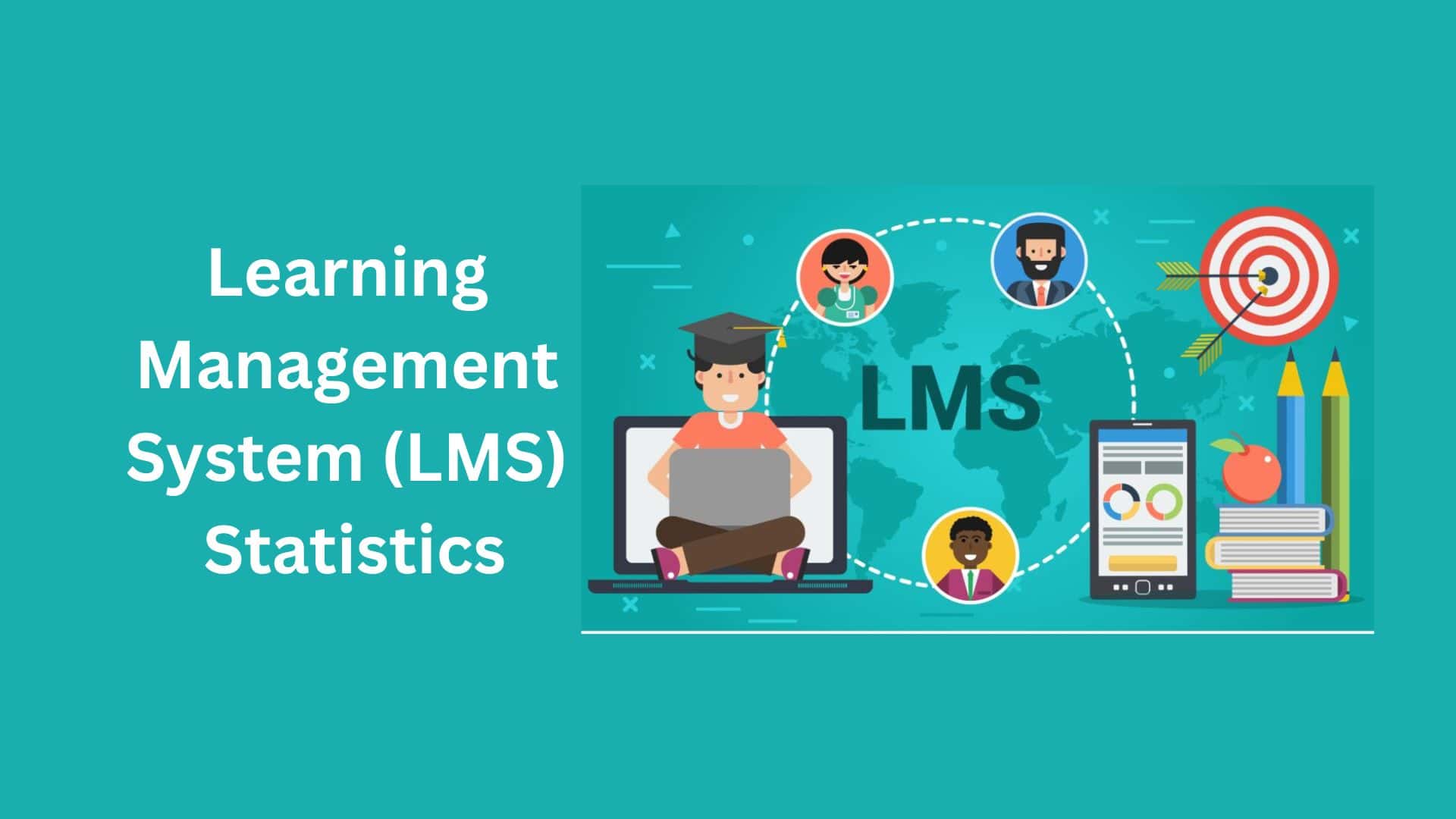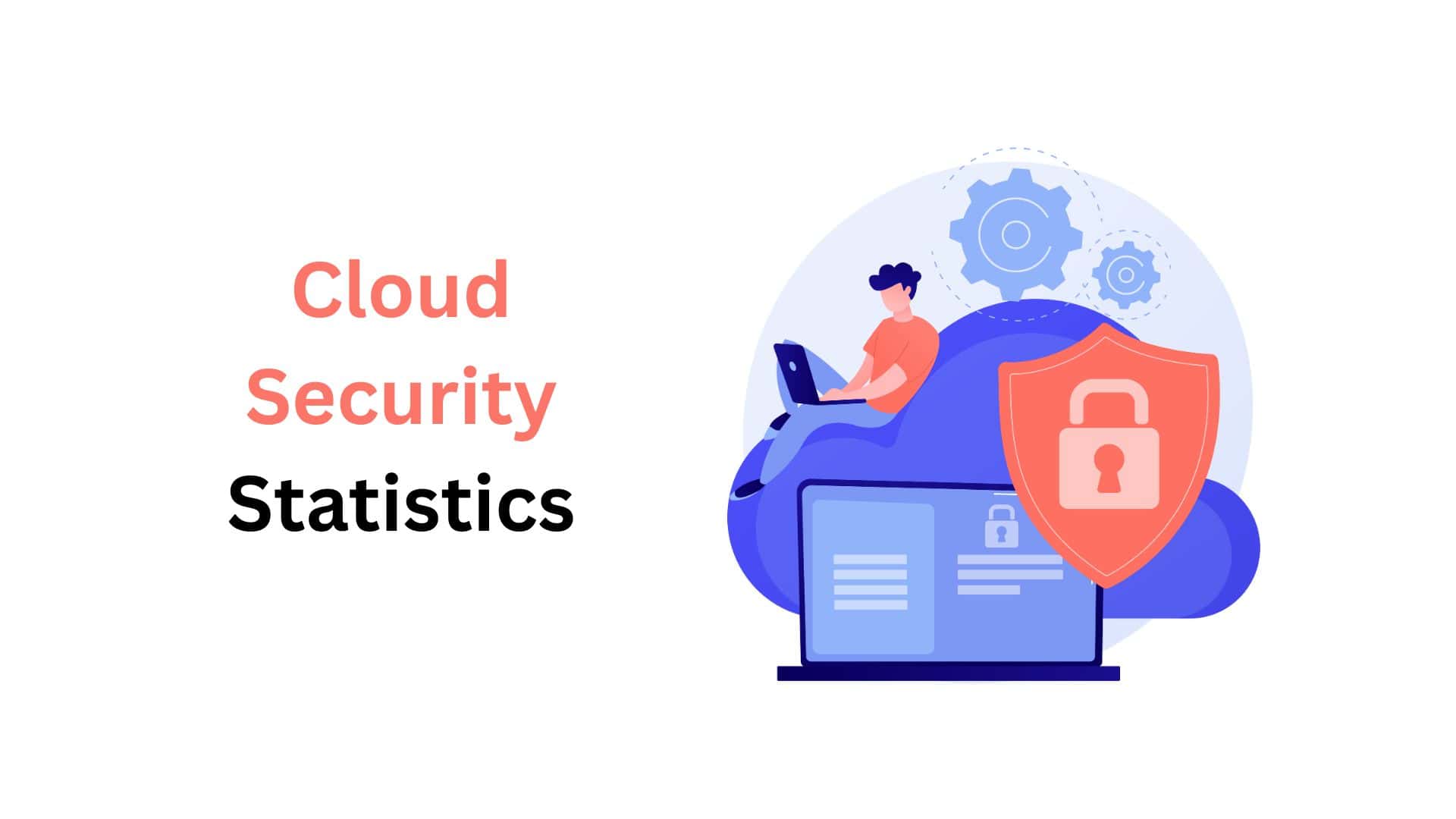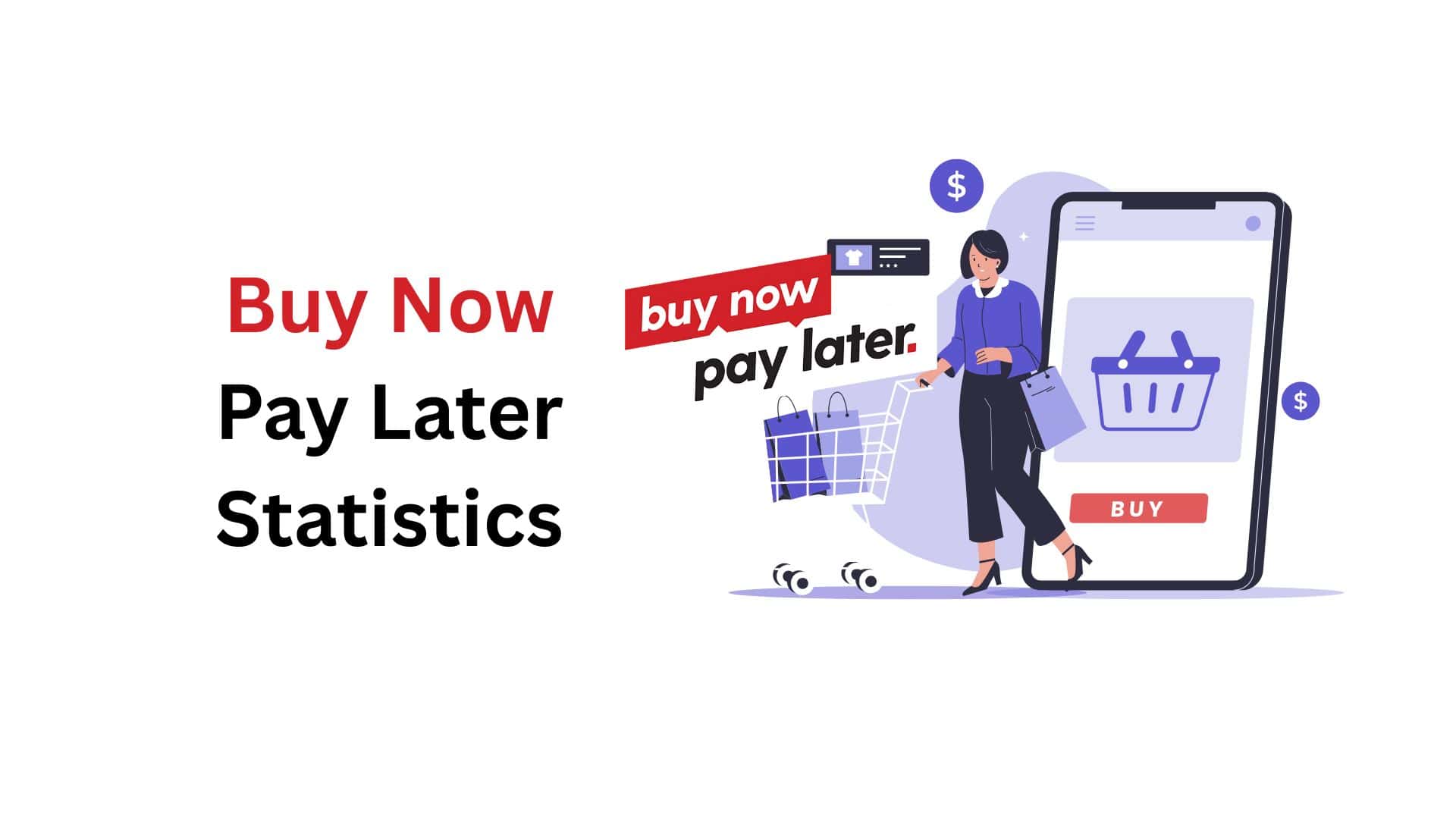Online Dating Statistics By Users, Usage, Market Size and Facts (2025)

Updated · Oct 16, 2025

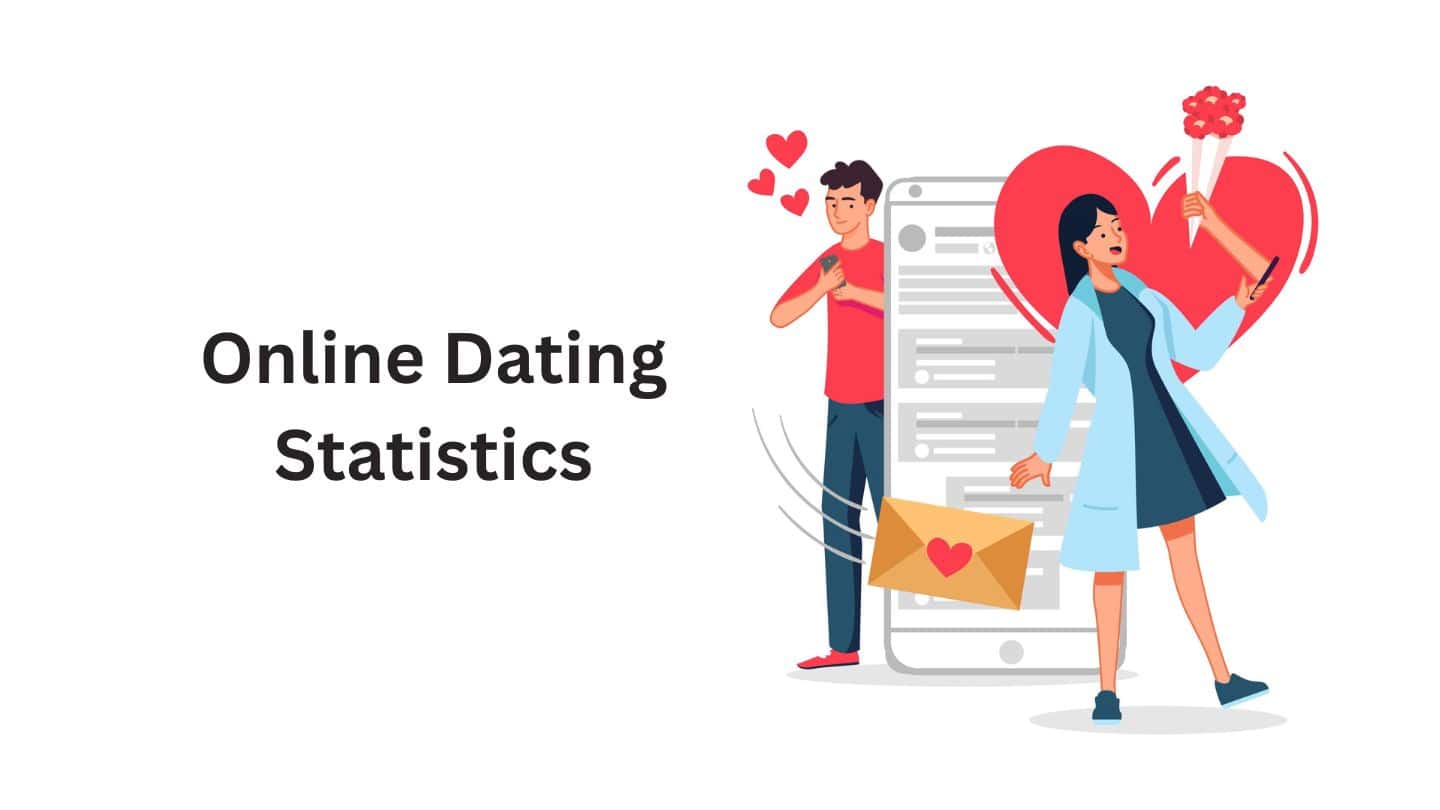
WHAT WE HAVE ON THIS PAGE
- Introduction
- Editor’s Choice
- The Genesis of Online Dating- A Timeline
- Dating Facts from Singles in 2025
- Online Dating Trends
- Dating App Statistics
- Online Dating Market Size
- Online Dating User Demographics
- Most Popular Dating Apps Worldwide
- Reasons For Deleting Dating Apps
- Online Dating App User Statistics
- Conclusion
Introduction
Online Dating Statistics: The landscape of modern romance has been fundamentally changed by tech, website, with online dating evolving from a niche concept to a globally dominant social phenomenon.
What started as experimental computer matchmaking has exploded into a multi-billion-dollar industry, fundamentally changing how billions of people seek companionship, casual dates, and long-term partners. To truly understand this transformation, we must dive deep into the data that defines the world of online dating.
I want this article to present the most detailed, statistics-focused analysis, highlighting the growth, user behavior, market dynamics, and societal impact of online dating. Let’s get into the content.
Editor’s Choice
- The global online dating market has officially surpassed the $10 billion benchmark, valued at $10.28 billion in 2024, and is projected to surge to over $19 billion by 2033.
- This exponential financial trajectory, marked by a CAGR of 27%, shows its firm establishment as a leading consumer tech industry.
- Online dating is now a statistically proven path to committed relationships, with 12% of all partnered adults in the U.S. reporting that they met their current spouse or significant other through an app or dating site.
- User demographics show massive penetration among younger adults, with 53% of the 18 to 29 age group having used a platform, but the reach is truly universal, as even 13% of the 65+ demographic are now actively engaging with online dating services.
- The industry’s financial future is heavily dependent on paying users, with analysis showing that 70% of all revenue growth through 2030 will stem from enhanced monetization efforts, rather than simply adding new users.
- This means apps are focusing on converting the current 26% of paying users into higher-spending subscribers through premium feature tiers.
- A significant challenge in the online dating ecosystem is the extreme gender disparity in messaging and response rates, where 64% of men report feeling insecure due to receiving too few messages, while 54% of women feel overwhelmed by the volume of communications they must sort through.
- User well-being is a major concern, as 53% of singles report experiencing “dating burnout,” leading nearly half of all users (46%) to take deliberate breaks from the apps. Positively, 64% of those who took a break reported returning to online dating with a clearer, more focused idea of what they truly wanted from a relationship.
- Safety remains a paramount issue, underscored by the fact that 56% of women under 50 who use these platforms have received unsolicited sexually explicit messages or images.
- This high rate of harassment drives user demand, with 47% of all daters advocating for mandatory background checks on the platforms to enhance user security.
The Genesis of Online Dating- A Timeline
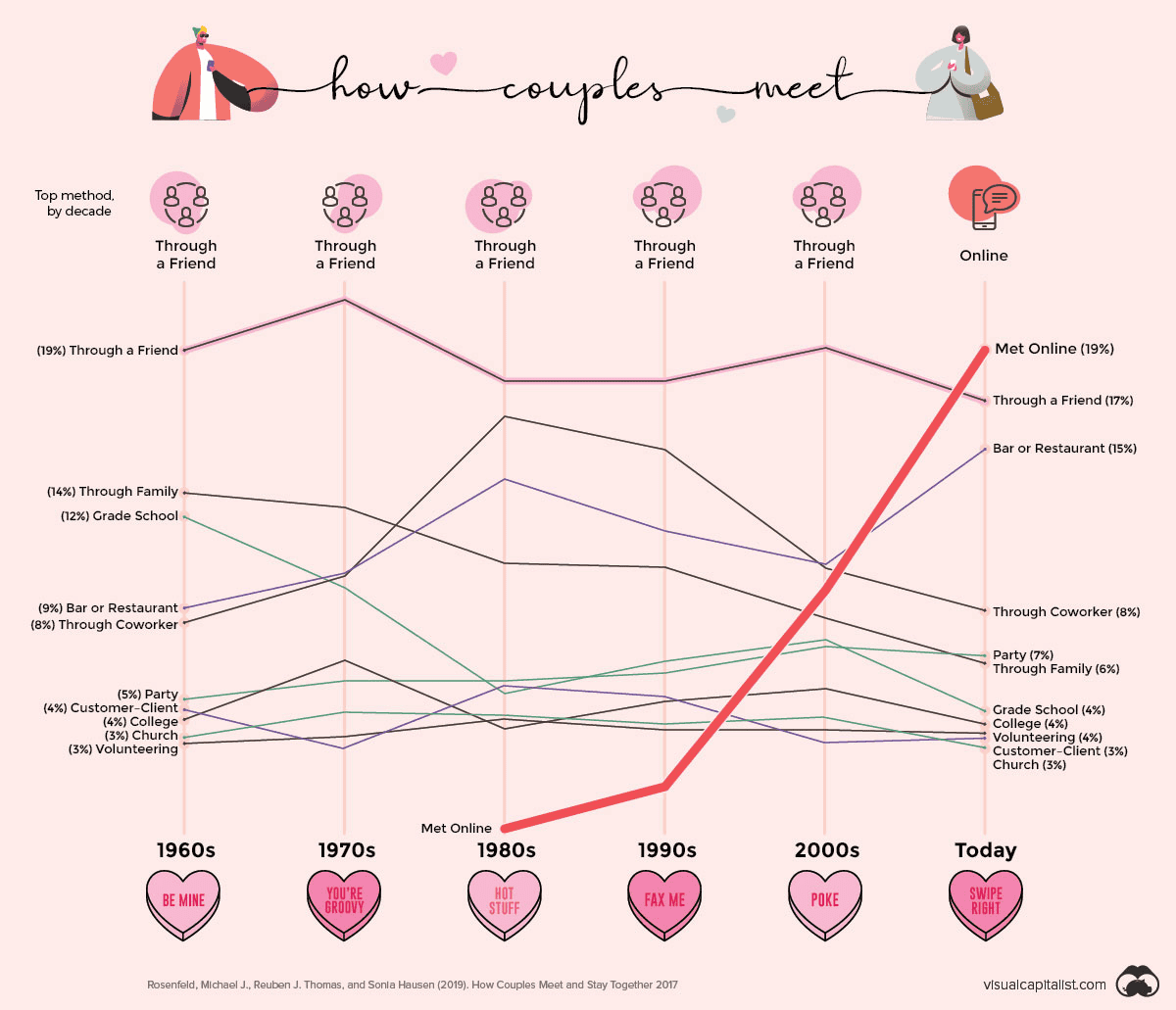
- The very first documented instance of computer-assisted dating occurred in 1959 with the “Happy Families Planning Service,” a Stanford class project that used an IBM 650 mainframe to match 49 men and 49 women based on questionnaires.
- By 1965, the “Operation Match” service, founded by Harvard students, achieved significant scale, receiving 90,000 questionnaires and generating a gross profit of $270,000, which translates to about $1.8 million in 2014 dollars, showing its early commercial viability.
- The first true modern online dating websites began appearing in the mid-1990s, with Kiss.com launching in 1994 as one of the pioneers, followed by Match.com in 1995.
- Adoption rates were initially slow; as late as 2013, only 11% of U.S. adults reported having used an online dating site or app.
| 1959 | The IBM 650 mainframe matched 98 participants. |
| 1965 |
“Operation Match” grossed $270,000 from 90,000 users. |
|
1995 |
Match.com launched, establishing a subscription-based digital model. |
| 2013 |
11% of U.S. adults had used an online dating platform. |
Dating Facts from Singles in 2025
Online Dating Trends
- 53% of singles say they feel worn out by dating, and 46% pause their search to recover, with 64% of those returners saying the break helped them understand what they want.
- A share of 16% of singles report interactions with AI as a romantic companion, rising to 33% for Gen Z and 23% for millennials.
- 40% of respondents consider an AI boyfriend or girlfriend to be a form of cheating.
- 63% of singles perceive greater hesitation about making the first move, as many are uncertain about whether partners prefer traditional or modern roles.
- 51% believe there is a single perfect partner meant for them.
- 43% expect to find an ideal, picture-perfect relationship.
- 41% think romantic media creates unrealistic expectations about love.
Dating App Statistics
- Online dating gives people more choices and makes first contact easier for shy or introverted users, though it can feel superficial and risky and long-distance interest adds complexity.
- 42% of U.S. adults say online dating makes finding a long-term partner easier, 22% say it makes it harder, and 32% see no difference.
- Only 21% of adults believe algorithms can tell if two people will fall in love, while 35% do not believe this and 43% are unsure.
- Users often join for relationships, with 44% aiming for a long-term partner.
- Many also seek casual dating, with 40% using apps for that purpose.
- Some users report other aims, including casual sex at 24% and making new friends at 22%.
- About 80 million people in the U.S. use dating sites or apps, which is roughly 30% of adults.
- Participation is higher among men at 34% than among women at 27%.
- Usage is strongest among younger adults, with 53% of people ages 18 to 29 having tried online dating.
- Midlife adoption is meaningful, with 37% of people ages 30 to 49 using online dating.
- Older cohorts participate less, with 20% of people ages 50 to 64 and 13% of those 65+ trying online dating.
- Tinder leads overall use, reported by 46% of online daters, followed by Match at 31% and Bumble at 28%, while OkCupid, eharmony, and Hinge each reach about 20%.
- Tinder is especially common among younger adults, with 79% of users under 30 having tried it, compared with 44% of ages 30 to 49, 17% of ages 50 to 64, and 1% of those 65+.
- People 50+ are far more likely to use Match than Tinder, at 50% versus 11%.
- Choice feels mixed to consumers, as 43% say apps offer the right number of options, 37% feel there are too many, and 13% think there are not enough.
- Priorities are shifting toward commitment, with 35% now seeking a serious relationship, up from 26% in 2022.
- Many value emotional depth, as 35% want a partner who can also be a friend and 38% prioritize genuine connections with long-term potential.
- Overall experiences are split, with 53% of ever-users describing online dating as very or somewhat positive and 46% reporting negative experiences.
- Apps are a real path to partnership for some, as 10% of partnered adults met their current significant other through a site or app.
- Safety expectations are high, with 47% of online daters saying companies should require background checks.
- Perceived risk rises with age, as 62% of Americans 65+ say online dating is not safe, compared with 42% of adults under 50.
- Unwanted contact is a concern for women under 50, with 56% receiving unsolicited explicit content, 43% experiencing continued contact after saying no, 37% being called offensive names, and 11% receiving threats of physical harm.
- Such negative experiences are less common among women 50+ and occur at lower rates among men overall.
Online Dating Market Size
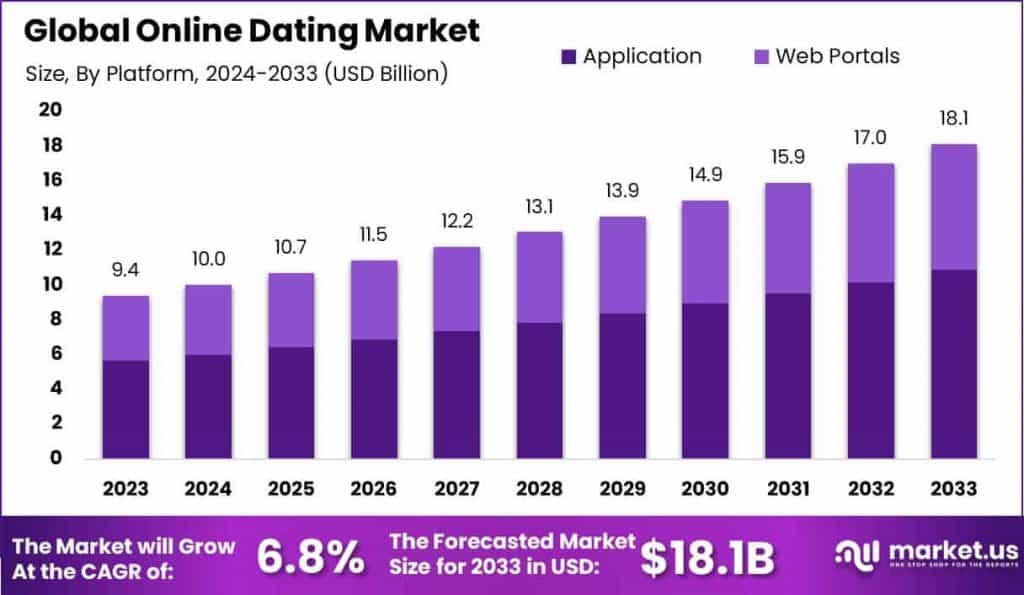
(Source: market.us)
According to Market.us, here is a unique, point-by-point breakdown of the latest market statistics for online dating, focusing on clarity and impact:
- The online dating market is experiencing robust financial growth, with its valuation expected to climb from $10.0 billion in 2024 to a projected $18.1 billion by 2033.
- This consistent expansion represents a solid CAGR of 6.8%, fueled primarily by the global reliance on smartphones and digital solutions for social life.
- The smartphone application segment dominates how people access online dating, capturing over 60.7% of the total market share in 2023.
- Users are overwhelmingly willing to pay for a better experience: the subscription segment commands a dominant market share of over 70.9%..
- When it comes to what users are looking for, social dating holds a commanding position, securing over 39.1% of the market share..
- North America remains the financial powerhouse of online dating, leading the global market by capturing more than 40% of the share in 2023, generating massive revenues of USD 3.7 billion.
- Globally, the scale of digital matchmaking is enormous, with over 300 million people actively using dating apps.
- Crucially, around 20 million of these users are willing to pay for premium features, highlighting a significant segment of the population that views online dating as a service worth investing in.
- Tinder and Bumble continue to reign supreme in the app ecosystem; in 2023, Tinder was the most downloaded online dating app, closely followed by its competitor, Bumble.
- In a strategic move to diversify beyond traditional swiping, Bumble acquired the couples’ app Official for USD 10 million in April 2023.
- The continued relevance of online dating is undeniable, with nearly 30% of all adults consistently engaged with these apps, indicating a sustained, high demand for digital matchmaking solutions.
- Finally, the general sentiment regarding the utility of these platforms is highly positive, as over 40% of users agree that dating apps have made searching for new partners, friends, or even a perfect match significantly easier.
| Market Size Forecast | The online dating market is predicted to jump from $10.0 billion in 2024 to $18.1 billion by 2033, showing a CAGR of 6.8%. |
| Platform Dominance | The application segment secured over 60.7% of the online dating market share in 2023. |
| Revenue Driver | The subscription segment captured a market-leading share of over 70.9% in 2023. |
| User Intent Focus | Social dating holds a commanding market share of over 39.1%. |
| Regional Leadership | North America leads the online dating market, accounting for more than 40% of the share and generating USD 3.7 billion in 2023. |
| Global User Scale | Over 300 million people globally are actively using dating apps, with around 20 million of them being paying subscribers. |
| Top App Brands | Tinder was the most downloaded online dating app in 2023, closely followed by Bumble. |
| Strategic Expansion | Bumble acquired the couples’ app Official for USD 10 million in April 2023. |
| Sustained Engagement | Nearly 30% of adults are still actively engaged with online dating apps. |
| User Validation | Over 40% of users believe that dating apps actually make it easier to find partners, friends, or a match. |
Online Dating User Demographics
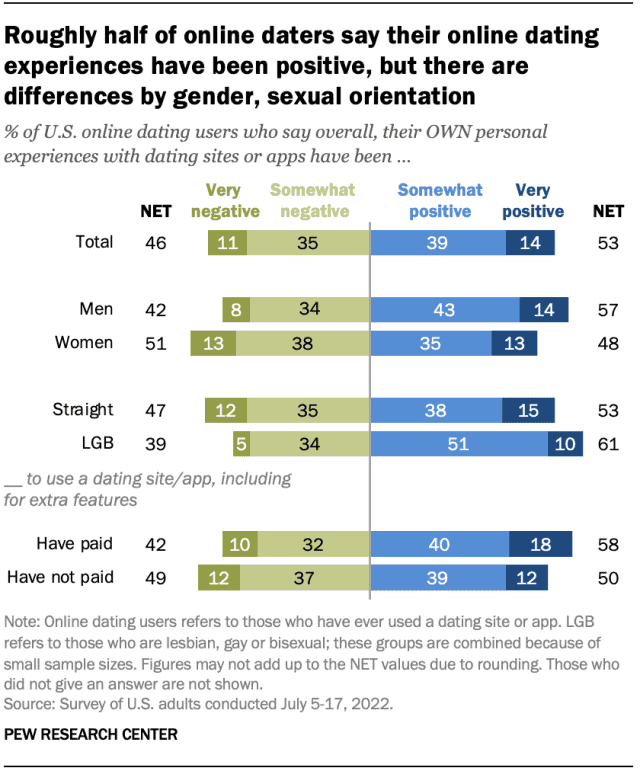
Usage by Age Group
- A majority of young adults, specifically 53% of people aged 18 to 29, report having used a dating site or app, making them the most digitally active dating segment.
- Use among those aged 30 to 49 remains substantial, with approximately 37% of individuals in this age bracket engaging in online dating platforms, often seeking more committed relationships.
- Even older age groups are increasingly turning to digital solutions: 20% of people aged 50 to 64 and 13% of those aged 65 and older have used an online dating service, demonstrating its increasing role in later-life dating.
- Despite the high usage rate in the 18 to 29 category, some research suggests that the 30 to 49 age group may represent the largest absolute number of current online dating users in some regions, driven by higher overall population numbers.
| 18 to 29 | 53% |
| 30 to 49 | 37% |
| 50 to 64 | 20% |
| 65+ | 13% |
Gender and Sexual Orientation Differences
- Men generally constitute a larger share of the user base on many popular swipe-based apps, with data on platforms like Tinder suggesting a highly skewed ratio, sometimes as high as three men for every one woman.
- Men are far more active in terms of ‘liking’ or ‘swiping right’ on profiles, with some studies showing they ‘like’ a large proportion of profiles but receive matches only about 0.6% of the time, compared to women who are much more selective and receive matches approximately 10% of the time.
- Sexual minority adults (LGB) are approximately twice as likely as their straight counterparts to report having used a dating site or app, with 55% of LGB adults having used these platforms, highlighting the platforms’ importance for a smaller local dating pool.
- Women who use dating apps are statistically more likely to experience negative interactions: 56% of women under 50 report receiving an unsolicited sexually explicit message or picture, compared to only 28% of men in the same age group.
| Gender Ratio (Tinder) | Approximately 3:1 (Men: Women) |
| LGB Adult Usage | 55% have used online dating platforms. |
| Unsolicited Content (Women 50) | 56% have received unsolicited explicit messages/images. |
Most Popular Dating Apps Worldwide
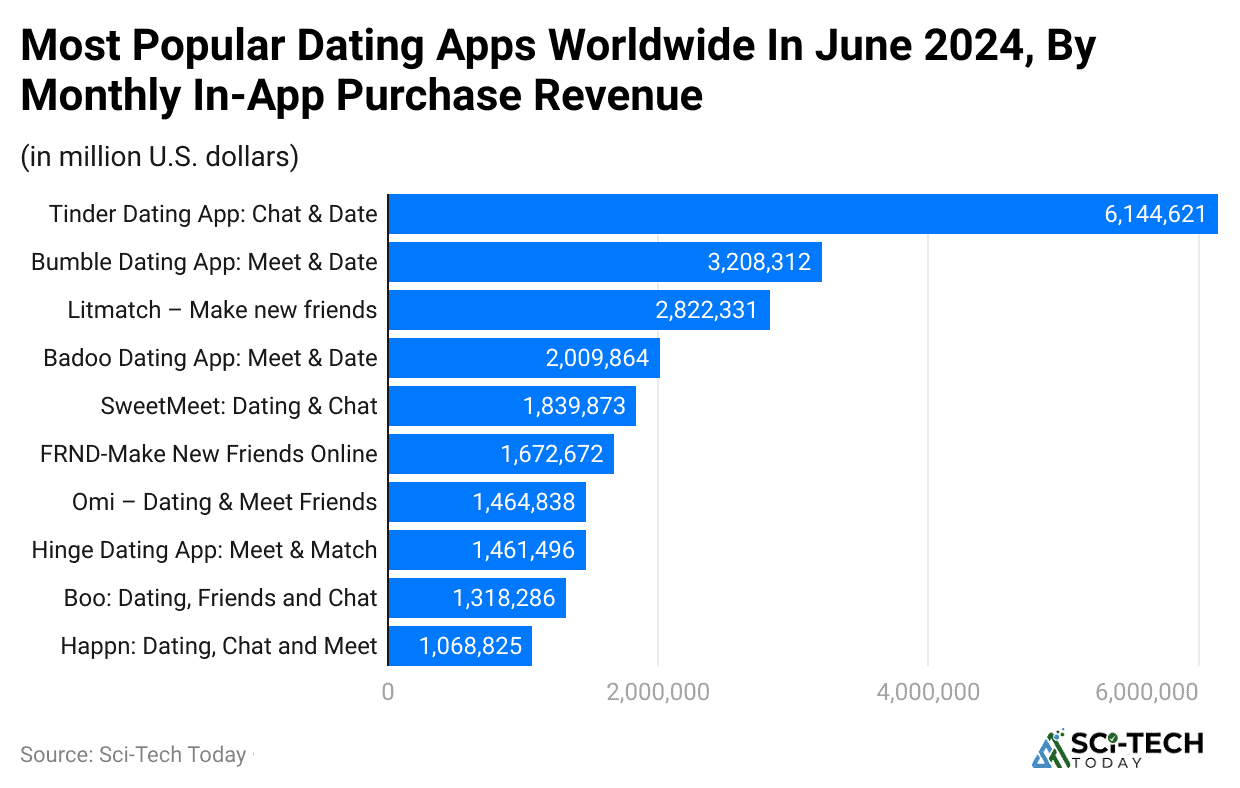
- 12% of all U.S. partnered adults (married, cohabiting, or in a committed relationship) report meeting their current spouse or committed partner through a dating site or app.
- This figure has drastically increased since the early 2000s, when meeting through an online dating service was almost statistically insignificant.
- When directly asked about their motivations, 44% of current and recent online dating users state they are looking to meet a long-term partner, closely followed by 40% who are seeking to date casually.
- The general user experience is split: 53% of people who have ever used an app or site describe their personal experiences as “very or somewhat positive,” but a substantial 46% report their experiences as “very or somewhat negative.”
- Interestingly, couples who meet on dating apps are sometimes reported to have slightly less stable or satisfying marriages compared to those who meet offline, according to some social science studies.
- Focusing on commitment intention: individuals who state they are using dating apps specifically for a committed relationship report significantly higher satisfaction in their app-formed relationships than those who were seeking casual encounters.
| Committed Relationship Formation | 12% of U.S. partnered adults met via online dating. |
| Primary Goal: Long-Term Partner | 44% of current users are seeking a serious match. |
| Overall Positive Experience | 53% of users report a positive personal experience. |
| Satisfaction Difference (Motivations) | Commitment seekers report higher satisfaction than casual users. |
Reasons For Deleting Dating Apps
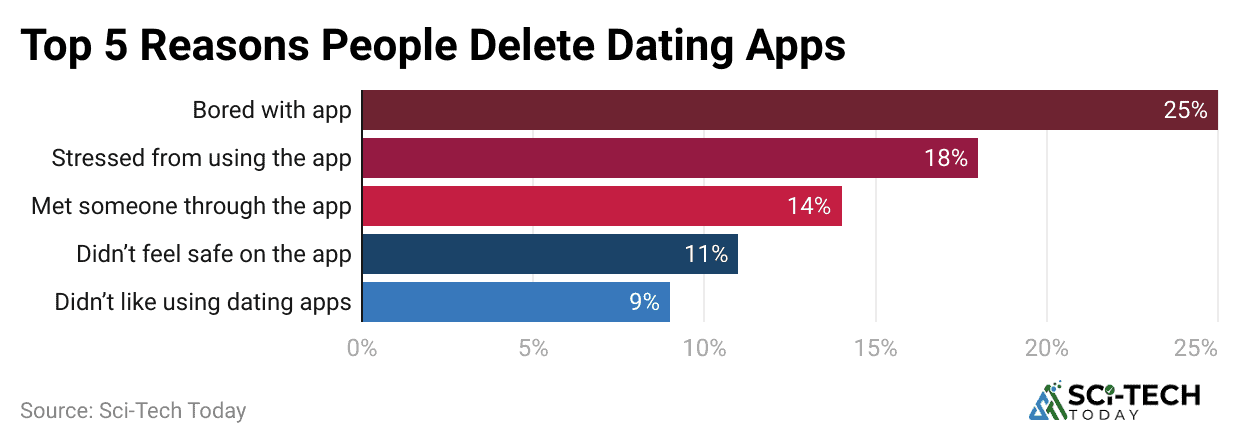
- A significant percentage of singles are reporting fatigue: 53% of singles in a recent survey reported experiencing “dating burnout,” a feeling of exhaustion and frustration with the process.
- In response to this burnout, 46% of users reported taking a break from online dating, with 64% of those who took a break saying they returned with a clearer idea of what they wanted.
- The essential qualities daters look for are clearly defined: 90% of singles say sexual chemistry is crucial, but other important traits include kindness and empathy (48%) and shared values (35%), confirming that personality factors are weighted heavily alongside attraction.
- A substantial portion of the user base is actively dealing with negative emotional consequences: 76% of daters report having been “ghosted” or having ghosted someone else, with over 50% of those ghosted reporting feeling upset and 39% feeling inadequate.
- Gender disparities in message volume are: 54% of women feel overwhelmed by the number of messages they receive
- While 64% of men report feeling insecure due to a lack of messages, this illustrates two vastly different and challenging experiences on the platforms.
- AI is emerging as a trend: 16% of singles report having interacted with AI as a romantic companion, a rate that jumps to 33% among Gen Z users, foreshadowing a new, controversial area for digital connection.
| Dating Burnout | Experienced by 53% of singles. |
| Value of Kindness/Empathy | Crucial trait for 48% of singles. |
| Ghosting Impact | 39% of ghosted respondents felt inadequate. |
| Men’s Insecurity | 64% felt insecure about a lack of messages. |
Online Dating App User Statistics
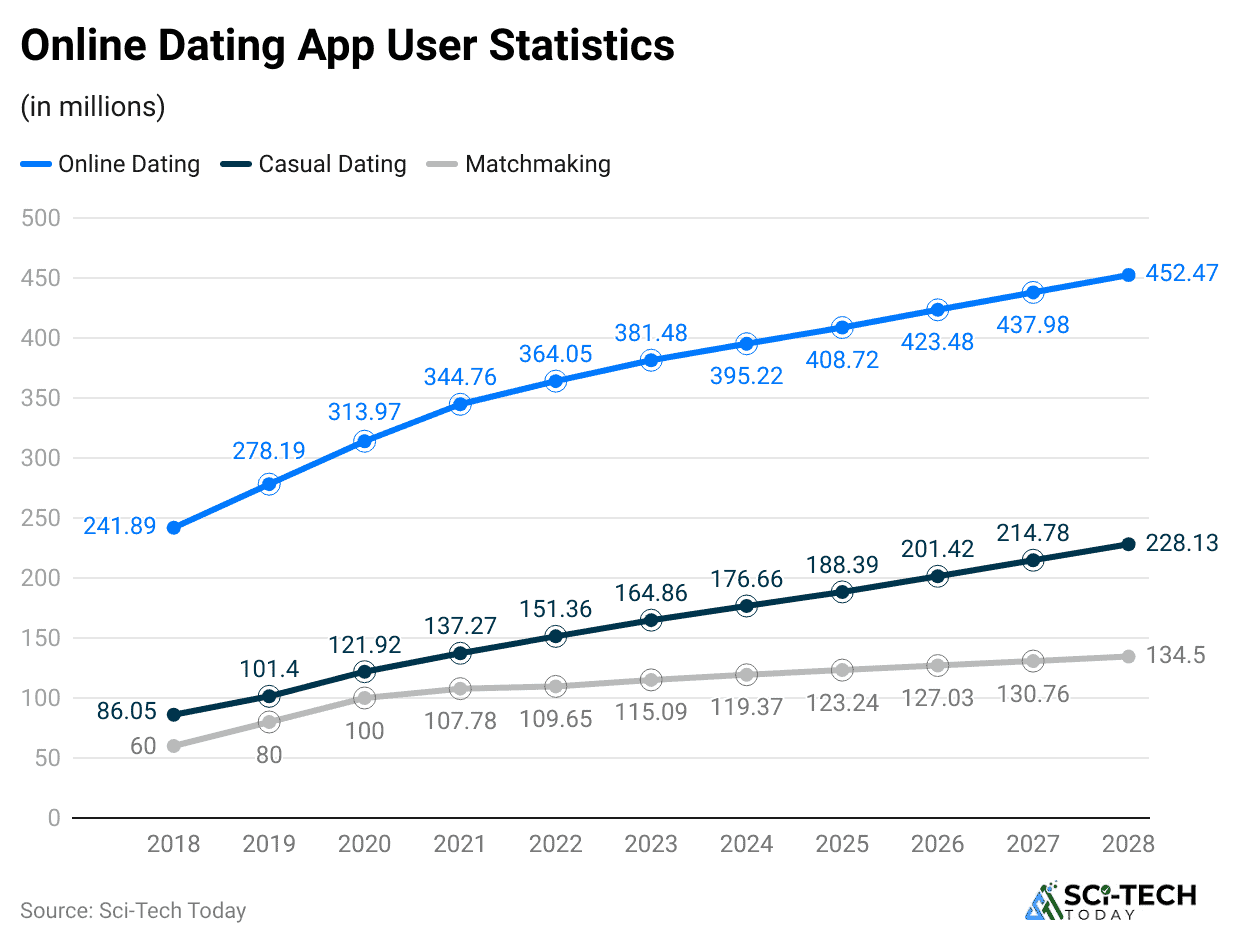
- The integration of Artificial Intelligence (AI) is one of the most significant trends, with companies using AI for more sophisticated matching algorithms that analyze vast amounts of behavioral data to predict long-term compatibility, moving beyond simple profile data.
- Video integration has become a critical feature, accelerated by global events, with companies incorporating video accounts and virtual reality (VR) video chat, offering a more realistic pre-meeting screening experience..
- Niche dating is booming, driven by a growing preference for hyper-specific matching; platforms focusing on highly defined interests, beliefs, or lifestyle choices are capturing a portion of the market, catering to users who feel the large, generalist apps offer too many choices (a view held by 37% of adults).
- User safety remains a paramount concern driving innovation; nearly half of all online daters (47%) believe that companies should be required to run background checks.
- Data privacy is also a major point of focus, especially as sophisticated location-based algorithms and behavioral tracking are used.
- Looking ahead, user penetration in the global market is projected to be around 8.8% by 2025, with the total number of users expected to reach 470 million by 2029.
Conclusion
Overall, the digital age has permanently changed the way we seek love and companionship. These online dating statistics unequivocally demonstrate its profound scale, economic power, and deep penetration into modern social life, moving past its initial stigma to become the primary means of meeting new partners for a statistically significant and growing portion of the global population. As technology continues to advance, the data show that online dating will become even more integrated, personalized, and, hopefully, safer for everyone seeking a connection. I hope you like this article. If you have any questions, kindly let us know. Thanks for staying up till the end.
FAQ.
Approximately 12% of all partnered adults in the U.S. (married or in a committed relationship) report first meeting their spouse or partner through a dating site or app. This percentage is significantly higher for younger demographics (under 30), approaching 20%.
The total number of active global users on online dating platforms now exceeds 300 million.
User experience is mixed: While about 42% of U.S. adults feel that online dating has made finding a partner easier, a similar number, around 45% of recent users, report feeling more frustrated than hopeful about their experience.
Younger adults are the primary users: 53% of 18 to 29 year olds have used an app or site. However, the market is expanding significantly, with a notable portion of adults aged 65 and older also actively engaging.
Yes, a large disparity exists: Roughly 54% of women report feeling overwhelmed by the number of messages they receive, while a majority of men (57%) report feeling insecure or frustrated by not receiving enough messages.
Over 50% of online daters admit to lying or significantly exaggerating information on their profile, with common deceptions revolving around factors like height, weight, and income.
No, safety is a major concern: A significant number of users, particularly women (56% of those under 50), report having received unsolicited sexually explicit messages or images. A majority of adults who have never used a platform believe online dating is an unsafe way to meet people.
Tinder is the most widely used dating app globally, with over 46% of all online dating users reporting that they have used the platform at some point.
Both intentions are nearly equal: Approximately 44% of current and recent users state they are looking for a long-term partner, while 40% indicate they are seeking casual dates.
- Statistics suggest a positive correlation: Users who have paid for premium features are more likely to report a positive overall experience than non-paying users.
- Query successful

Jeeva Shanmugam is passionate about turning raw numbers into real stories. With a knack for breaking down complex stats into simple, engaging insights, he helps readers see the world through the lens of data—without ever feeling overwhelmed. From trends that shape industries to everyday patterns we overlook, Jeeva’s writing bridges the gap between data and people. His mission? To prove that statistics aren’t just about numbers, they’re about understanding life a little better, one data point at a time.
